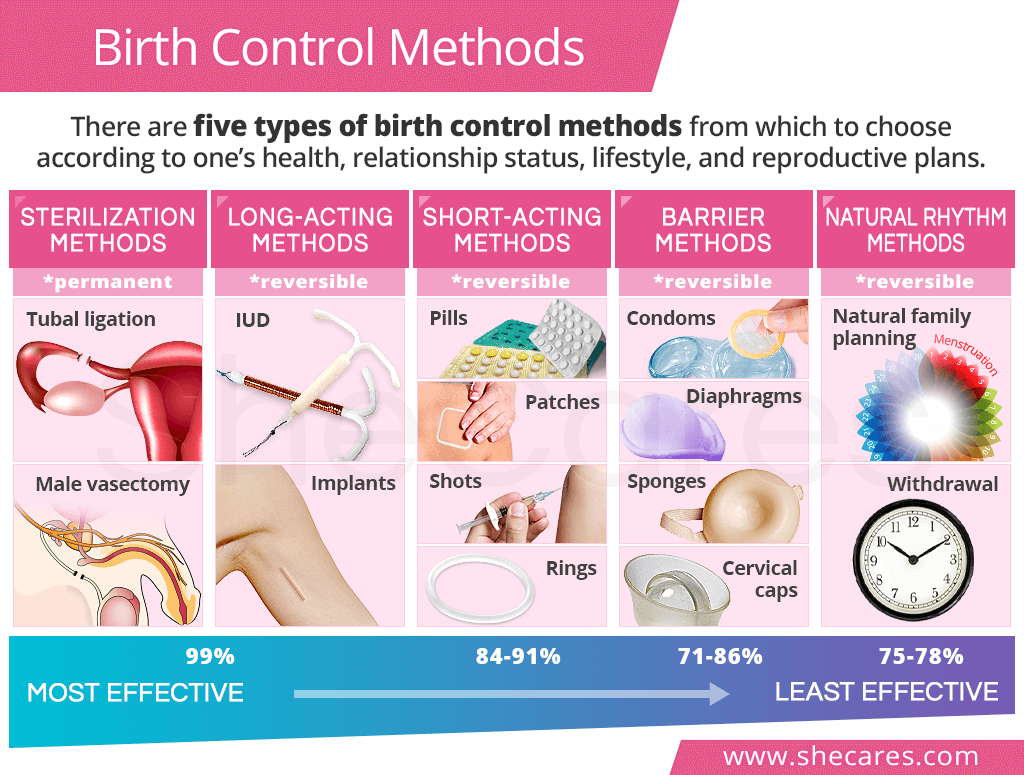Female and Male Sterilization
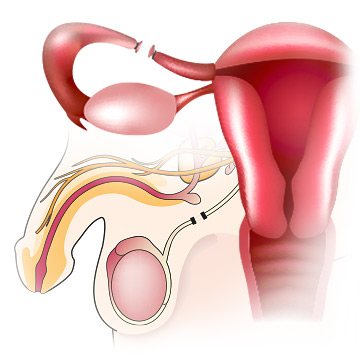
Sterilization is a permanent birth control method. As such, it is most recommended for women or couples who are certain that they do not want to have children in the future. They do not protect against sexually transmitted diseases (STDs).
Tubal ligation consists of surgically tying, sealing, or removing the fallopian tubes to permanently prevent pregnancy. It is one of the most effective contraceptive methods, with more than 99% effectiveness.2
Male vasectomy involves cutting or sealing the small tubes in the scrotum that carry sperm to the penis. It does not affect a man's sex drive or sexual pleasure. Male vasectomy is more than 99% effective.3
Long-Acting Birth Control Methods
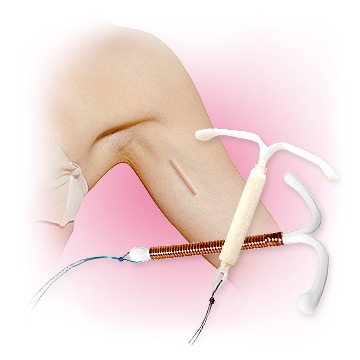
Long-acting reversible contraception (LARC) is a type of birth control method that provides protection from pregnancy over an extended period of time. It is highly effective and convenient, but does not protect against STDs.
Intrauterine device, or IUD, is a T-shaped device inserted in the uterus. IUDs can be hormonal (worn for 3-5 years) or non-hormonal (worn for 10 years). They are more than 99% effective and do not hinder fertility once removed.4
Birth control implants are small, flexible rods inserted in the skin in the upper arm for up to three years. They are more than 99% effective and do not have hindering effects on fertility.5 They may involve a high up-front cost.
Short-Acting Birth Control Methods
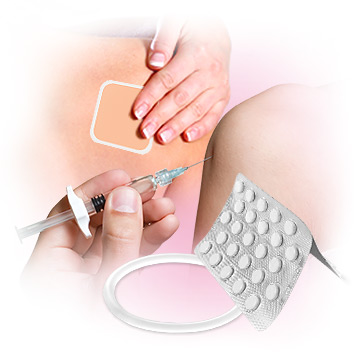
Short-acting, hormonal birth control methods are taken on a more frequent basis than LARCs, including daily, weekly, or monthly. As such, they require high diligence in order to be effective. These methods do not protect against STDs.
Birth control pills can contain only progestin (a form of progesterone) or progestin with estrogen. They are taken daily on various schedules, and with typical use, they are 91% effective.6 Fertility make take three to six months to return.
Birth control patches resemble a small adhesive bandage and are applied on a weekly basis for three consecutive weeks, followed by a patch-free week. They are 91% effective with typical use.7 It may take several cycles for fertility to be restored.
Birth control shots contain progestin and are given every three months, either by a doctor or self-administered. They are more than 94% effective with typical use.8 It can take up to 10 months for fertility to return once they are stopped.
Vaginal rings are small, flexible devices worn in the vagina for three consecutive weeks per month. The fourth week is ring-free, allowing for a period to happen. They are 91% effective with typical use and do not cause fertility delays.9
Barrier Birth Control Methods
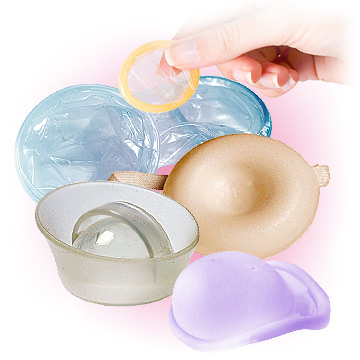
As the name suggests, barrier methods of birth control prevent pregnancy by blocking sperm from reaching and fertilizing the egg. They do not contain hormones. To be effective, they must be used each time a woman has sex.
Condoms are the only way to prevent pregnancy and STDs at the same time. They include male condoms (85% effective), female condoms (79% effective), and dental dams for oral or anal sex. Condoms do not affect fertility.10
Diaphragms are dome-shaped disks worn in the vagina during sex. They are reusable, available in several sizes, and used along with spermicide. With typical use, diaphragms offer 83% effectiveness.11
Birth control sponges are soft, disk-shaped, one-time-use devices that contain spermicide. They are inserted in the vagina before intercourse. With typical use, the sponges are 84-88% effective and do not delay fertility.12
Cervical caps are reusable devices similar to diaphragms. Once filled with spermicide, the caps are inserted in the vagina before each sex. Their effectiveness ranges from 71-86%, depending on a woman's childbirth history.13
Natural Family Planning
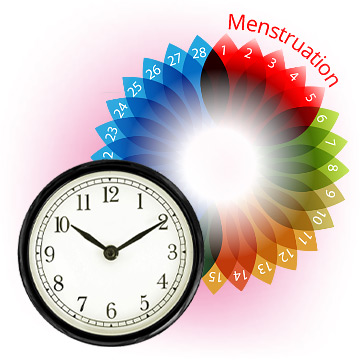
Natural family planning, when used for birth control, consists of various techniques to prevent getting pregnant without the use of contraceptive medications and devices. Their effectiveness requires diligence, dedication, and strong will.
Fertility-awareness methods (FAMS) are the most common natural birth control methods, using knowledge of one's fertility to prevent pregnancy by avoiding sex during fertile days. It consists of various techniques, which are 75-88% effective.14
Withdrawal, also known as the pullout method, consists of a man pulling the penis out of his partner's vagina before ejaculation. With typical use, it is 78-80% effective.15
This group can also include abstinence, which is a way to prevent pregnancy by not having sex. It can exclude vaginal sex and permit oral and anal sex, or it may exclude all types of genital contact. It is the only 100% effective birth control method.16
Key Takeaways
Birth control methods come in a wide variety of types. Among the most effective ones are sterilization (like tubal ligation for women and male vasectomy for men) and long-acting contraceptives (such as IUD and implants), offering more than 99% protection. Still reliable yet slightly less effective options are short-acting birth control methods (like the pills, patches, shots, and vaginal rings), with effectiveness around 91%. Another type is made up by barrier birth control methods (like condoms, diaphragms, sponges, and cervical caps), which - with typical use - are 71-88% effective. Lastly, natural family planning (such as FAMs and withdrawal) entails knowing female fertility to avoid having sex on fertile days, which offers 75-78% effectiveness. Ultimately, a woman's or a couple's choice of birth control methods will depend on a number of factors, including age, reproductive plans, health, relationship status, and lifestyle, among others.
Sources
- Better Health Channel. (2019). Contraception - choices. Retrieved November 23, 2020 from https://www.betterhealth.vic.gov.au/health/healthyliving/contraception-choices
- CDC. (2020). Contraception. Retrieved November 23, 2020 from https://www.cdc.gov/reproductivehealth/contraception/index.htm
- Health Direct. (2019). Contraceptive options. Retrieved November 23, 2020 from https://www.healthdirect.gov.au/contraception-options
- FDA. (2020). Birth Control. Retrieved November 23, 2020 from https://www.fda.gov/consumers/free-publications-women/birth-control
- FDA. (2017). Birth control chart. Retrieved November 23, 2020 from https://www.fda.gov/consumers/free-publications-women/birth-control-chart
- Medline Plus. (2020). Birth Control. Retrieved November 23, 2020 from https://medlineplus.gov/birthcontrol.html
- Office on Women's Health. (2017). Birth control methods. Retrieved November 23, 2020 from https://www.womenshealth.gov/a-z-topics/birth-control-methods
- StatPearls. (2020). Contraception. Retrieved November 23, 2020 from https://www.ncbi.nlm.nih.gov/books/NBK536949/
Footnotes:
- Guttmacher Institute. (2019). Unintended Pregnancy in the United States. Retrieved November 23, 2020 from https://www.guttmacher.org/fact-sheet/unintended-pregnancy-united-states
- Brigham and Women's Hospital. (n.d.). What is tubal ligation reversal? Retrieved November 23, 2020 from https://www.brighamandwomens.org/obgyn/infertility-reproductive-surgery/infertility-services/tubal-ligation-reversal
- NHS. (2018). Vasectomy (male sterilization). Retrieved November 23, 2020 from https://www.nhs.uk/conditions/contraception/vasectomy-male-sterilisation/
- Planned Parenthood. (n.d.). IUD. Retrieved November 23, 2020 from https://www.plannedparenthood.org/learn/birth-control/iud/how-effective-are-iuds
- Kaiser Family Foundation. (2019). Contraceptive implants. Retrieved November 23, 2020 from https://www.kff.org/womens-health-policy/fact-sheet/contraceptive-implants/
- Planned Parenthood. (n.d.). Birth Control Pill. Retrieved November 23, 2020 from https://www.plannedparenthood.org/learn/birth-control/birth-control-pill
- Planned Parenthood. (n.d.). Birth Control Patch. Retrieved November 23, 2020 from https://www.plannedparenthood.org/learn/birth-control/birth-control-patch
- Kid's Health. (2018). The Birth Control Shot. Retrieved November 23, 2020 from https://kidshealth.org/en/parents/bc-shot.html
- Contraception. (2013). Contraceptive failure in the United States. Retrieved November 23, 2020 from https://www.ncbi.nlm.nih.gov/pmc/articles/PMC3638209/
- Planned Parenthood. (n.d.). Condom. Retrieved November 23, 2020 from https://www.plannedparenthood.org/learn/birth-control/condom
- CDC. (2020) Diaphragm. Retrieved November 23, 2020 from https://www.mayoclinic.org/tests-procedures/diaphragm/about/pac-20393781
- American Pregnancy Association. (2013). Contraceptive Sponge. Retrieved November 23, 2020 from https://americanpregnancy.org/unplanned-pregnancy/birth-control-pills-patches-and-devices/contraceptive-sponge-5036/
- Teens Health. (2018). The Cervical Cap. Retrieved November 23, 2020 fro https://kidshealth.org/en/teens/contraception-cap.html
- Planned Parenthood. (n.d.). Fertility Awareness. Retrieved November 23, 2020 from https://www.plannedparenthood.org/learn/birth-control/fertility-awareness
- Family Planning Victoria. (2018). Withdrawal Method (Pulling Out). Retrieved November 23, 2020 from https://www.fpv.org.au/for-you/i-dont-want-to-get-pregnant/contraception-without-hormones/withdrawal-method-pulling-out
- Planned Parenthood. (n.d.). Abstinence and Outercourse. Retrieved November 23, 2020 from https://www.plannedparenthood.org/learn/birth-control/abstinence-and-outercourse
